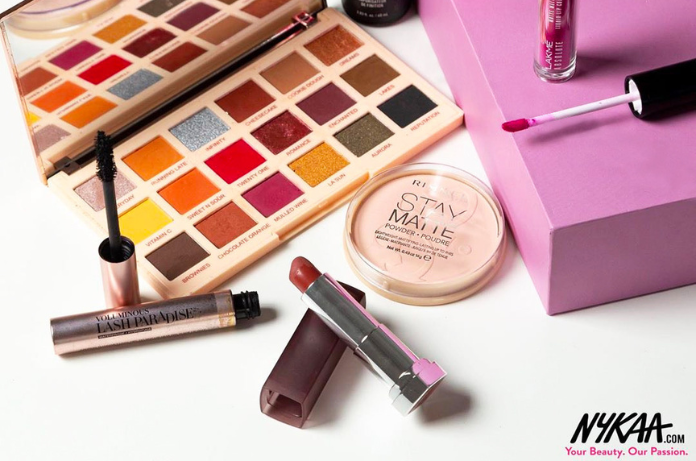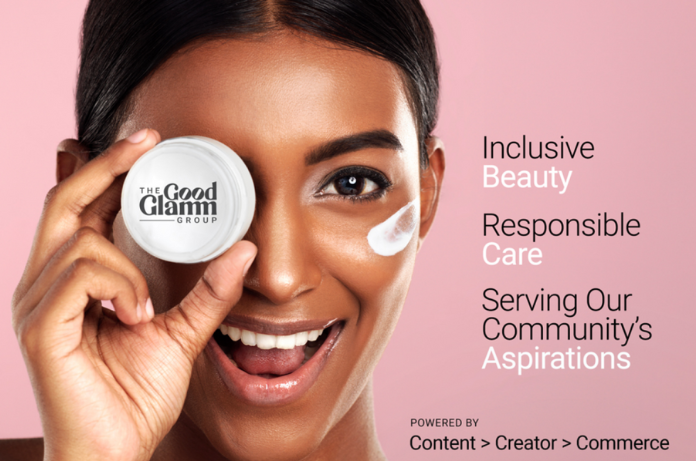Recently, it was reported that Good Glamm is putting three of its companies up for sale as part of a strategy to stay afloat amid challenging market conditions. If you’re familiar with brands like Mamaearth, Nykaa, and Purplle, you know the impact this could have on the beauty landscape. So, let’s chat about what’s going on and what it means for consumers, brands, and the overall beauty industry.
The background: What is a Good Glamm group?
First, let’s set the stage. Founded by Darpan Sanghvi, Good Glamm Group has emerged as a major force in the beauty sector in India, primarily through its aggressive acquisition strategy and innovative product development. The group encompasses a diverse range of brands, each catering to different segments of the beauty market. Mamaearth, known for its natural and eco-friendly products, has seen explosive growth, while Nykaa has transformed the way people shop for beauty products online.
The company’s success has largely been driven by its commitment to sustainability, inclusivity, and a deep understanding of consumer needs. However, like many businesses, Good Glamm has faced challenges in recent years, particularly in the wake of the pandemic, which forced companies to adapt rapidly.
Why the Sale?
So, why is Good Glamm looking to sell off some of its companies? The answer is multifaceted. The beauty industry is competitive and constantly evolving, and financial stability is paramount. Rising operational costs, supply chain disruptions, and shifting consumer preferences have put many brands under pressure.
By selling three of its companies, Good Glamm is likely looking to streamline its operations and focus on its strongest brands. This isn’t just a reaction to immediate financial challenges; it’s a strategic move to position itself better for future growth. The goal is to consolidate resources and ensure that the most promising brands, like Mamaearth and Nykaa, continue to thrive.
Which companies are affected?
While details about the specific companies being sold haven’t been officially disclosed, we can speculate based on Good Glamm’s diverse portfolio. It’s likely that the group may choose to divest some of its smaller or less profitable brands to focus on its core offerings.
This could involve companies that cater to niche markets or those that haven’t generated the expected revenue. By shedding these assets, Good Glamm can allocate more resources financial and otherwise toward brands that are performing well and have the potential for further growth.
What does this mean for Mamaearth and Nykaa?
Now, let’s zoom in on Mamaearth and Nykaa, two of the standout brands under the Good Glamm umbrella. Mamaearth has built a loyal customer base due to its commitment to natural ingredients and eco-friendly practices. If Good Glamm successfully divests some of its lesser-performing brands, it could create an opportunity to invest more heavily in Mamaearth’s expansion and innovation. We might see new product lines, collaborations, or even a deeper focus on sustainability initiatives.

Nykaa, on the other hand, has established itself as a leading e-commerce platform for beauty products. With its vast array of offerings and a strong brand presence, it’s poised to capture even more market share. A streamlined Good Glamm could enhance Nykaa’s ability to innovate and expand its product lines, potentially introducing exclusive collections or new beauty categories that resonate with consumers.
The broader implications for the beauty industry
Now, let’s step back and consider what this news means for the beauty industry as a whole. The landscape is ever-changing, with new brands emerging and consumer preferences shifting rapidly. Good Glamm’s decision to put companies up for sale serves as a reminder that adaptability is key.
As consumers become more discerning about where they spend their money, brands must innovate and deliver value consistently. This move could lead to a wave of consolidation within the industry, where larger players acquire smaller ones to diversify their portfolios and expand their market reach.
Additionally, this situation highlights the growing importance of sustainability and ethical practices in the beauty industry. Consumers are increasingly looking for brands that align with their values, and companies that can pivot to meet these demands will likely emerge stronger.
Consumer expectations and reactions
As consumers, how should we respond to this news? First and foremost, it’s essential to stay informed about the brands we love. If you’re a fan of Mamaearth or Nykaa, keep an eye on their developments. Are they launching new products or initiatives? How are they responding to market challenges?
Moreover, be open to discovering new brands that might emerge from this shake-up. The beauty industry thrives on innovation, and the sale of companies could lead to fresh entrants that bring unique offerings to the market.
It’s also worth considering how this might affect product availability. If Good Glamm sells off certain brands, we might see changes in the range of products offered in stores or online. This could be a chance for smaller, independent brands to step in and fill those gaps, leading to a richer and more diverse beauty market.
The Good Glamm roadmap
Looking ahead, what does the future hold for Good Glamm? If they manage to successfully divest the right companies, the group could emerge stronger and more focused. A streamlined portfolio may allow for deeper investments in research and development, marketing, and customer engagement.
This could result in the launch of groundbreaking products that resonate with consumers and set trends in the industry. Additionally, it could lead to enhanced collaboration among brands within the Good Glamm ecosystem, driving innovation and providing consumers with a more cohesive shopping experience.
Conclusion: Embracing Change
In conclusion, the news of Good Glamm Group putting three of its companies on sale is a significant development in the beauty industry. It highlights the challenges brands face and the need for adaptability in an ever-evolving market. For consumers, this means staying informed and being open to new opportunities.
The beauty industry is known for its resilience and capacity for innovation. As we navigate these changes, we can look forward to exciting new launches and collaborations that may arise from this transition.

